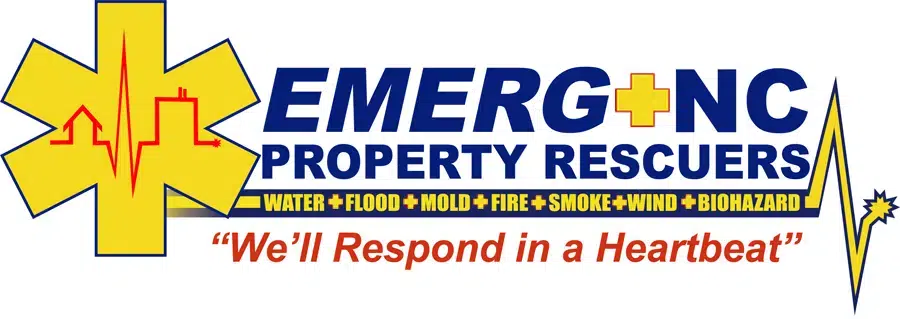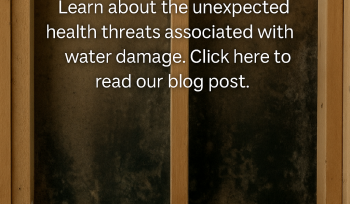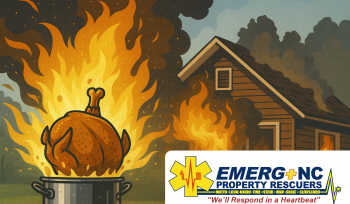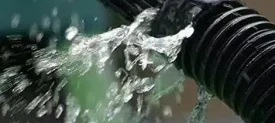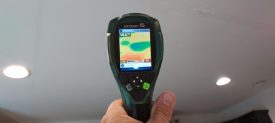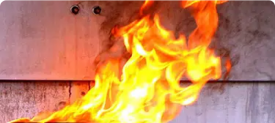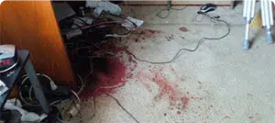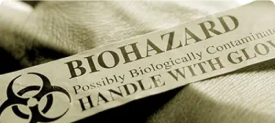As the seasons change and temperatures fluctuate, your home’s plumbing system can become vulnerable to leaks and water losses. This is because the materials used in plumbing systems can expand and contract with changes in temperature, leading to weakened or damaged pipes and fixtures. In this blog post, we will explore how changing seasons and temperature swings can result in plumbing leaks and water losses.
Winter Weather Woes
Winter weather can be particularly harsh on plumbing systems, with freezing temperatures causing water inside pipes to expand and potentially crack or burst the pipes. This is a common issue for homeowners living in colder climates, where temperatures can drop well below freezing during the winter months.
To prevent frozen pipes, it’s important to insulate any exposed pipes and fixtures, particularly those in unheated areas such as attics, basements, and crawl spaces. Additionally, it’s important to keep your home’s temperature consistent during the winter months, even when you’re away. This can help prevent freezing and subsequent leaks.
Spring Showers Bring Leaky Pipes
As the weather warms up and spring brings showers, your plumbing system may become more vulnerable to leaks. This is because the fluctuation in temperature and moisture can cause pipes to expand and contract, potentially leading to weakened areas and leaks.
Additionally, spring is a time when many homeowners begin to work on their landscaping, which can inadvertently damage underground plumbing lines. If you’re planning on doing any outdoor digging or landscaping, it’s important to first locate any underground plumbing lines and mark them to avoid accidental damage.
Summer Heat and Humidity
The hot and humid summer months can also take a toll on your home’s plumbing system. This is because the extreme heat and humidity can cause pipes to expand and potentially weaken, leading to leaks.
To prevent issues during the summer months, it’s important to keep your home’s temperature consistent and ensure that your plumbing system is properly ventilated. This can help prevent moisture buildup, which can lead to weakened pipes and fixtures.
Fall and Fluctuations
As the weather cools down and fall approaches, your plumbing system may once again become vulnerable to leaks and water losses. This is because the fluctuation in temperature as the season changes can cause pipes to expand and contract, potentially leading to weakened areas and leaks.
Additionally, fall is a time when many homeowners begin to prepare their homes for winter, which can inadvertently lead to plumbing issues. For example, if you’re turning off outdoor faucets or draining sprinkler systems, it’s important to do so properly to prevent any accidental damage.
In conclusion, changing seasons and temperature swings can result in plumbing leaks and water losses. To prevent issues, it’s important to properly maintain your plumbing system throughout the year and take necessary precautions to protect your pipes and fixtures from the elements. By being proactive, you can help ensure that your plumbing system remains in good working condition year-round.
In the event that you do experience a property-damaging water leak, time is of the essence. Delaying repairs can result in further damage and increased repair costs. That’s why it’s important to contact EMERG-NC Property Rescuers right away for help. Our team of experienced professionals is available 24/7 to respond to emergency plumbing issues and help minimize the damage to your property. Don’t hesitate to reach out if you need assistance with a plumbing emergency.
